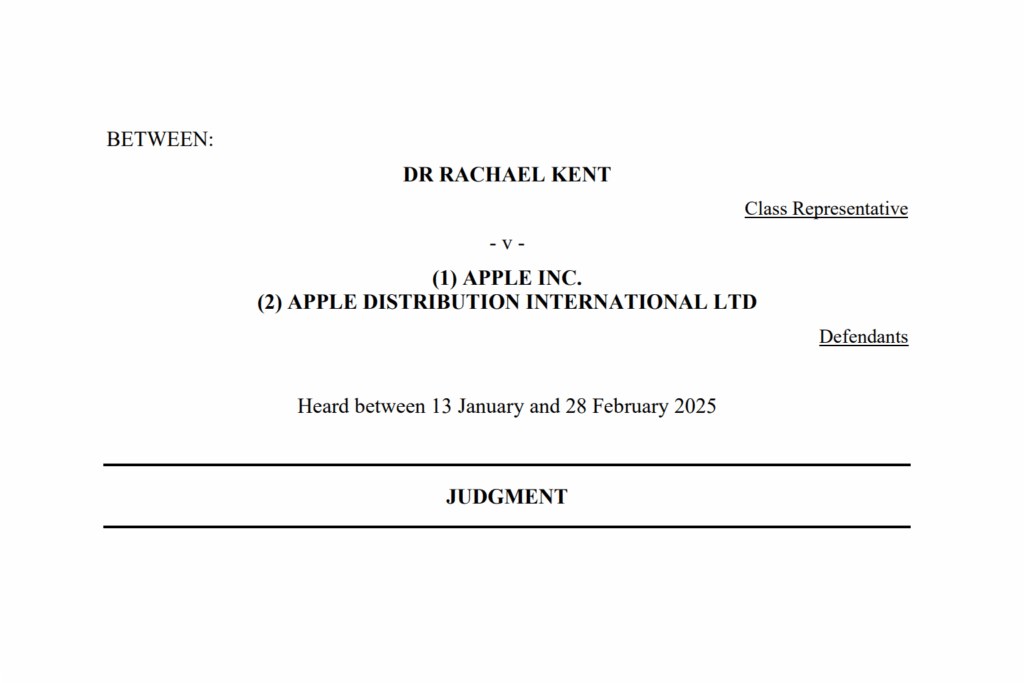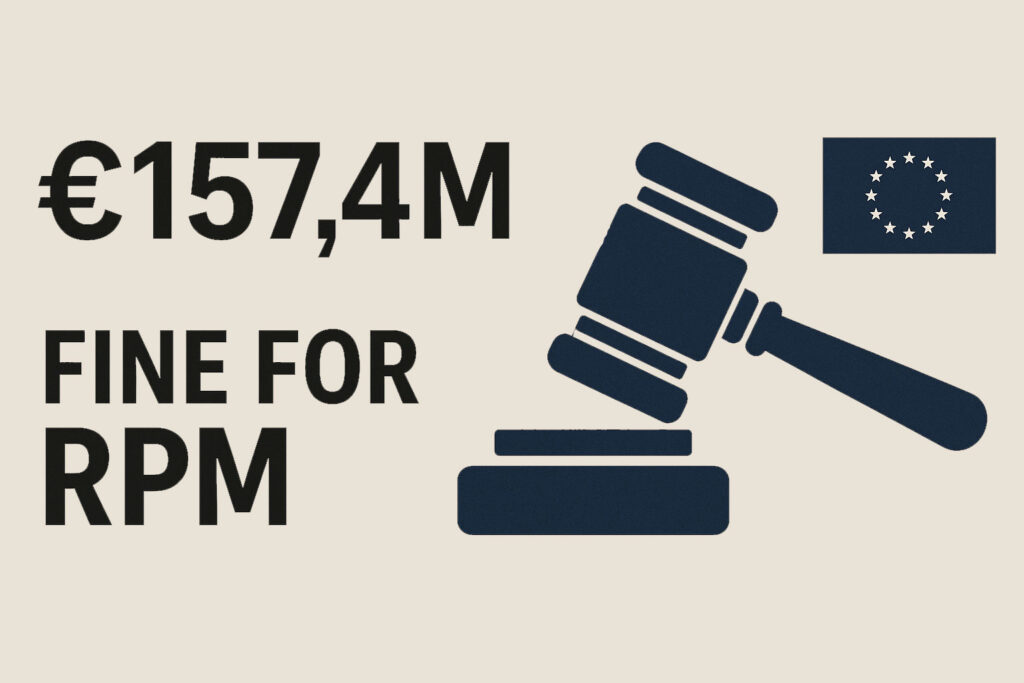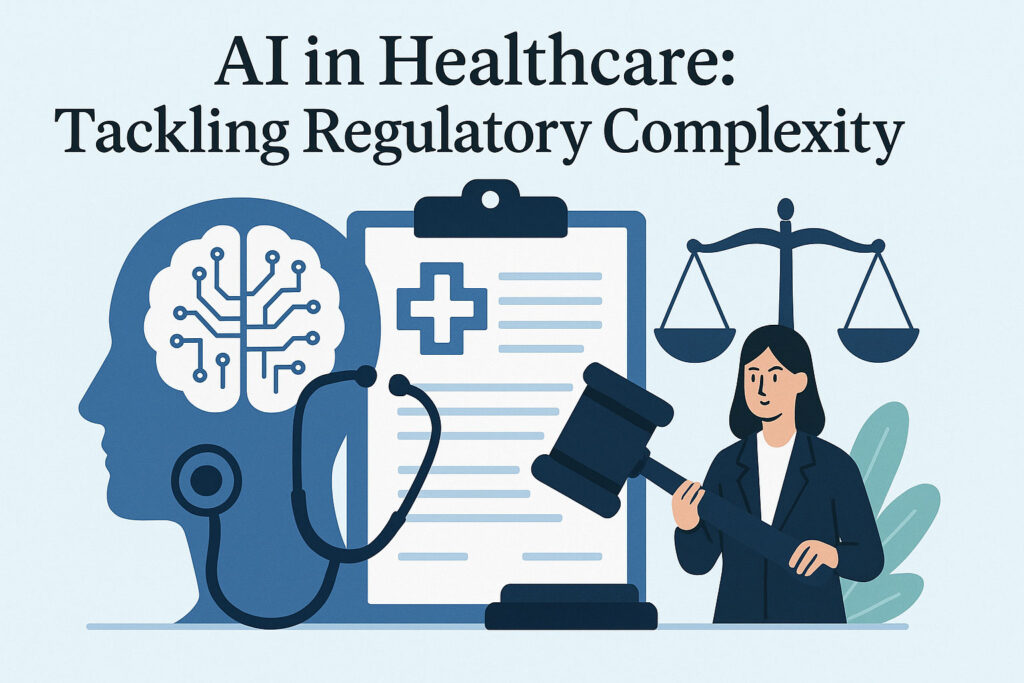On 30 September 2025 the European Commission announced that it had carried out unannounced antitrust inspections at a company active in the vaccines sector, citing concerns about possible abuses of a dominant position through exclusionary practices that may amount to anticompetitive disparagement. Needless to say, the standard caveats about inspections apply: a dawn raid is a preliminary fact-finding step, it does not mean guilt, and investigations have no statutory deadline.
However, the raid continues a clear enforcement trend in the life-sciences industry. In 2024 the Commission has already prosecuted or obtained remedies in two high-profile pharmaceutical matters (Teva Copaxone – AT.40588 and Vifor – AT.40577).
Why this matters
• A dawn raid signals the Commission has at least reasonable grounds to suspect an infringement and needs documentary/e-data evidence now. Dawn raids are disruptive and may escalate the situation quickly.
• The Commission is not probing ordinary commercial criticism. Rather, it is flagging potential practices that may amount to anticompetitive (exclusionary or exploitative) conduct which may, in the Commission’s view, fall within the ambit Article 102 TFEU as an abuse of dominance.
Art.102 TFEU
Article 102 TFEU prohibits an undertaking that holds a dominant position in a relevant market from abusing that position. The abuse can take many forms, such as exclusive dealing, predatory pricing, refusals to supply, tying, exploiting customers, etc.). The key legal question in any Article 102 case is whether the conduct is exclusionary (i.e. harms rivals/competition) or exploitative (i.e. harms customers directly via pricing or terms) and whether it lacks objective justification. Remedies and sanctions differ depending on the type and seriousness of abuse.
The Vifor Pharma Case AT.40577
The European Commission investigated Vifor Pharma for possibly abusing a dominant position in national markets for IV (intravenous) iron. In particular by running a campaign that disparaged its closest rival’s product, Monofer (Pharmacosmos), on safety grounds.
The Commission’s preliminary view was that Vifor disseminated two central, potentially objectively misleading messages to healthcare professionals: (1) portraying Monofer as if it were a ‘dextran‘ (thereby implying historic dextran safety risks), and (2) claiming Monofer carried a higher risk of hypersensitivity reactions than Vifor’s Ferinject, which have been claims the Commission considered inaccurate/incomplete and capable of confusing prescribers.
Rather than a finding of infringement or a fine, the Commission accepted commitments offered by Vifor (decision adopted 22 July 2024). Vifor agreed to a restorative, multi-channel Stakeholder Communication to rectify misleading impressions, to put in place internal compliance safeguards, and to refrain from external promotional/medical communications about Monofer’s safety for 10 years, among other prohibitions. On that basis the Commission made the commitments binding and closed the procedure without ruling on liability.
The case is a high-profile example of the Commission scrutinising disparagement / misleading product communications in pharmaceuticals under Article 102 TFEU and shows that the Commission may require wide-ranging remedial communications instead of, or in other cases prior to, imposing fines.
The Teva Copaxone Case AT.40588
The European Commission investigated Teva for abusing a dominant position in the market for glatiramer acetate (Copaxone) by (i) misusing the patent system (a “divisional-patent” strategy and related litigation tactics) and (ii) running a systematic disparagement campaign against a rival product (Synthon’s glatiramer acetate).
The main Commission findings were:
Misuse of the patent system: Obtaining/using divisional patents and threatening enforcement (preliminary-injunctions) in a way the Commission found intended to delay generic/competitor entry.
Disparagement: Co-ordinated dissemination of misleading or negative information about a rival product’s safety/efficacy (often via third parties), aimed at prescribers/authorities to hinder competitor entry
The Commission found an infringement of Article 102 TFEU and imposed a fine of €462.6 million on Teva for those abuses. Teva has said it disagrees and intends to appeal.
The Takeaway
- False or misleading messaging can have exclusionary effects. Vifor showed the Commission will treat misleading communications as an anticompetitive instrument. Teva showed the Commission will punish such communications where they are part of a broader strategy to delay entry. The vaccines inspection suggests the Commission has reason to believe similar practices may have occurred in that market.
- The Commission’s toolbox is flexible. The Commission can impose fines (Teva) where it finds sufficiently serious and proven abuse, or accept commitments (Vifor) where those commitments effectively and promptly address concerns. Both remedies are on the table during an investigation.
- Dawn raids are routine.The Commission also used unannounced inspections in the Teva case and is using them again in the vaccine sector. It is sensible to expect commissioners to rely on IT and document seizures to build a factual picture of internal strategy, marketing plans, regulatory submissions, and communications with external parties. However, the Commission’s public statements emphasise that such inspections are preliminary and do not prejudge the outcome, but they increase the tactical pressure on target firms.




